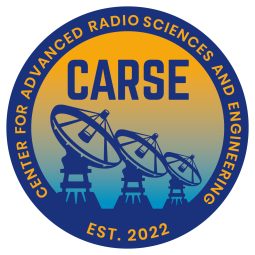Deep Learning Model for RFI Detection and Mitigation for Atmospheric Radiometric Measurements
Water vapor is a greenhouse effect gas vital for atmospheric predictions. We use microwave radiometers to obtain water vapor profiles from the atmosphere by calculating brightness temperature, which reflects the energy absorption at specific frequencies, especially between the 22-30 GHz (K-band) range where the absorption rate of water vapor is higher. Vehicle collision radars, 5G New Radio, and FCC licensed bands emit signals within K-band range that can interfere with microwave radiometers, potentially distorting the water vapor profiles they are trying to measure. We propose a new method using autoencoders and transfer learning to deal with the mentioned interferences in order to obtain clean water vapor profiles


